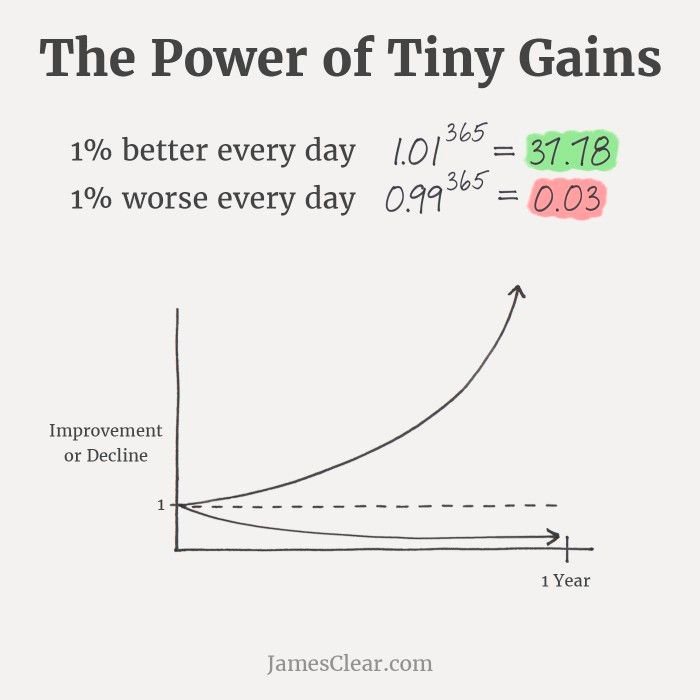Learning Nerd’s Diary #72
Welcome back Learning Nerds!
Word for this week - learning by doing. This week’s diary focusses on all things doing - practice, application, verbs, games, habit building. If you’re not motivated to do something after this, I don’t know what will!
👀 Sneak peak
Here is what I have in store for you this week -
💭 Learning About Learning: What is the difference between Practice and Real Life Application?
🥜 Learning Nugget: Knowledge is a Rumour
💥 Coolest Thing I Learnt This Week:
10 Principles of Puzzle Design
The Power of Tiny Gains
We should be thinking in verbs more than nouns
🔦 Spotlight: LxD Lab
Let's jump right in!
💭 Learning About Learning
I’ve been taking an exciting course called Nervous System Mastery by Jonny Miller. In one of the sessions, he raised a very interesting question:
What is the difference between Practice and Real Life Application?
In the learning space we often use these interchangeably - but practice and application are different. Let us understand how -
Practice
Practice is repeatedly doing something in order to gain mastery.
Practice:
Happens in a safe environment like a classroom/ training
Is open to failure or as Johnny put it ‘consequence free’
Is useful only if you get feedback - a critical piece for mastery
Allows you to build towards complexity
Gives you the time and space you need to learn
Practice helps you build proficiency and confidence in your ability to do something.
Real-life Application
Real life application is where we use the skills and knowledge that we have and apply it in the real world.
Real-life Application
Happens outside a ‘learning environment’
Has more severe consequences - margin of error is low
Is where you are expected to be the expert
Can get quite complex and layered
Needs quick decision making
Real life application test your skills and ability in a high pressure environment.
Do you think you can do real-life application without practicing?
Yes.
Will it be useful?
Probably not.
Our traditional schools focus only on practice and not on real-life application. Our trainings are largely focussed on application and don’t have much practice built in.
Learning by doing is not just about practice or real-life application - it is about both.
🥜 Learning Nuggets
“Knowledge is only a rumour until it lives in the muscle.”
- Proverb by the Asaro tribe of Papua New Guinea (Source credits)
💥 Coolest Thing I Learnt this Week
10 Principles of Puzzle Design
I came across this post on the 10 principles of puzzle design - what’s fascinating is that these principles apply to learning design as well!
The Power of Tiny Gains
A gentle reminder from Ross and James Clear - keep doing something everyday.
We should be thinking in verbs more than nouns
In one of the abundant professional newsletters, Chris talks about this idea that I loved:
"We should be thinking in verbs much more than nouns. Instead of 'I am a designer or researcher', consider 'I design or I research..."
This seems to be tied up much more in identity than action. It also suggests that people need someway to validate that they are what they say they are. Except for rigorously licensed professions, most professional work does not require validation before you start doing it.
And that's the point. Doing it is how you become it. Verbs, action.
It also relates to the notion of being able to do something.
"I can't draw."
"I'm no good at math.
"I can't cook."None of these statements mean much of anything at all. Think about it. The only thing between you and drawing, or you and math, or you and cooking is doing it.
🔦 Spotlight
Over the past few weeks at the LxD Lab, we’ve spent learning about each other. First who, then what. Here is a quick visualisation of the different 1:1 conversations the group has had among each other!
Here is what one Lab Rat had to say about our last session. Keep an eye out on this space for more!
Love & Learning
Until we meet next week!
You can get this directly in your inbox!







